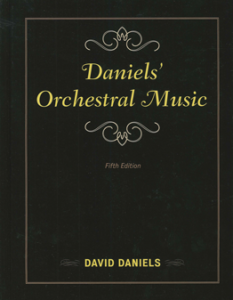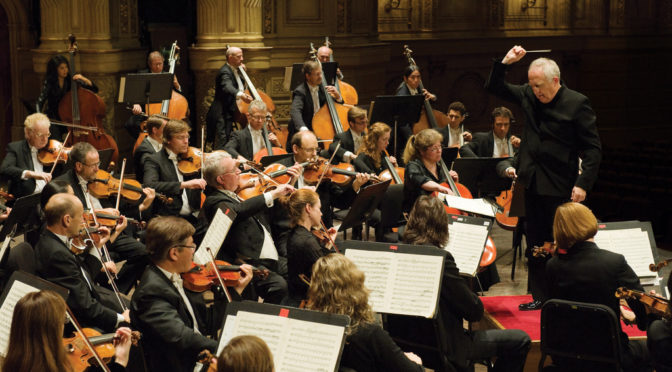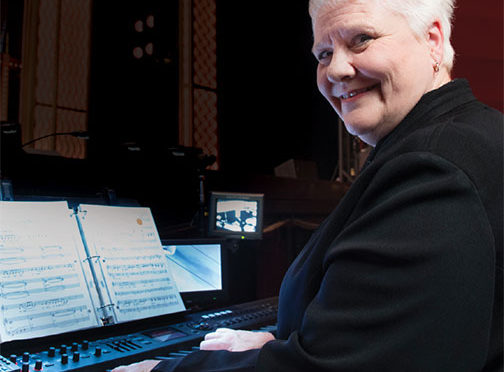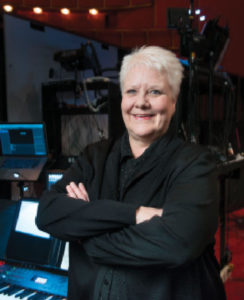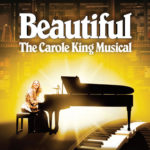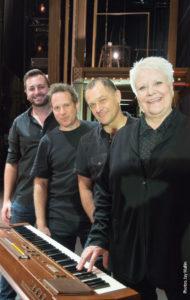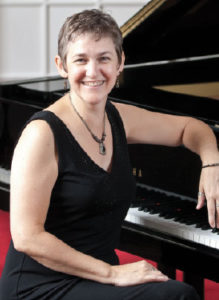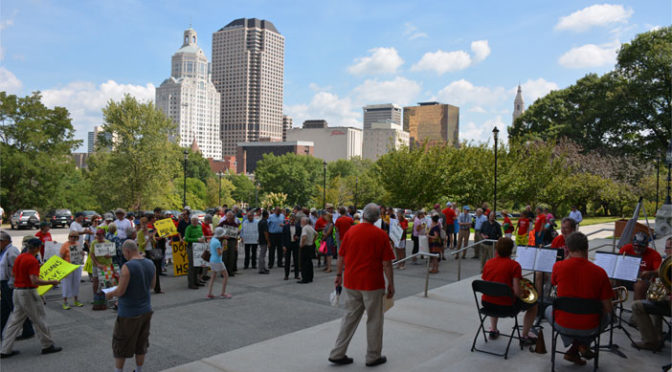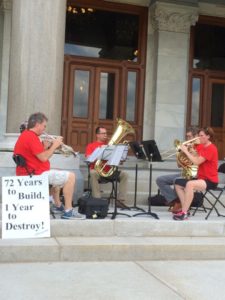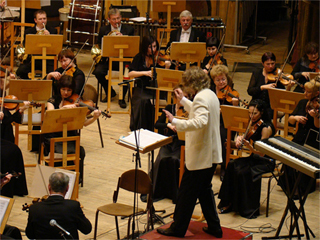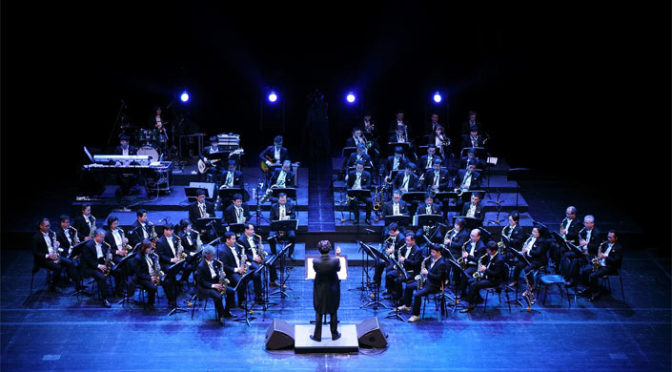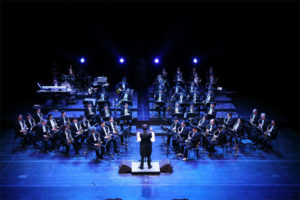Delta Air Lines Foundation has pledged to make a $2.5 million contribution to the Atlanta Symphony Orchestra (ASO) Musicians’ Endowment Fund to help the orchestra reach its $25 million goal to permanently endow 11 musician positions.
Launched in 2014, the Musicians’ Endowment Fund is a key component of the Woodruff Arts Center’s $100 million Transformation Campaign. The foundation’s gift completes the Musicians’ Endowment Campaign nearly two years ahead of schedule. To date, more than $25 million in funds have been committed to the endowment fund and nine musicians have joined the orchestra over the past year. The Principal Tuba Chair held by Michael Moore, who celebrates his 49th season with the orchestra, will be named the Delta Airlines Chair.
“We are profoundly grateful to the Delta Air Lines Foundation for this transformational gift,” says Jennifer Barlament, executive director of the Atlanta Symphony Orchestra. “[It] will help lift the orchestra into a new era of artistic vitality and service to the community.”
Symphony Orchestra’s Players Association President Danny Laufer says, “This is a reassuring signal that the rebuilding of our orchestra is on the right path towards a brighter future.” Atlanta Symphony Orchestra musicians are members of Local 148-462 (Atlanta, GA).



